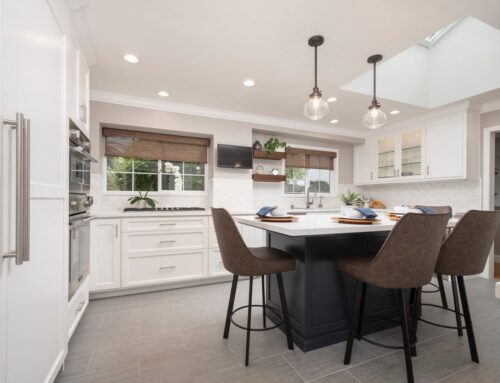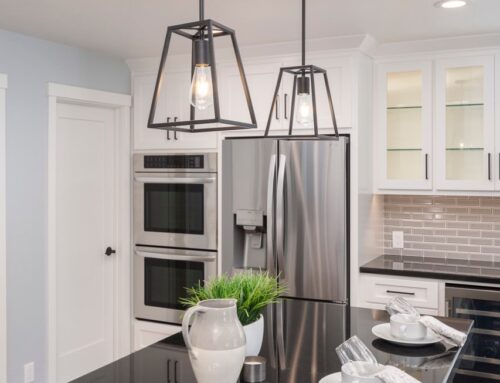Last March, at the beginning of the Covid-19 shut-downs, my industry, home remodeling, was affected in a pretty significant way. For a time, we were unsure as to whether we would be allowed to work at all, and even if we were, would people want to continue with their remodeling projects? Certainly, we thought, with the threat of a highly contagious and potentially deadly virus, clients would not want us in their homes at all. Fast forward several weeks, and precisely the opposite happened. While a very small handful of our projects did indeed get postponed, the vast majority of our clients wanted to move forward with construction. And, unexpectedly, many new clients contacted us for all sorts of remodeling. So we adopted Covid safety protocols and marched full steam ahead.
As you’ve undoubtedly heard in the news, the stay-at-home orders inspired people to notice all the things about their homes they wanted to change. This phenomenon gave way to requests for new home offices, room additions, ADUs, upgraded kitchens and baths, new flooring and painting, and more. With the increased demand for home improvement products and services, there have also been new challenges and hurdles. So if you want to remodel during this time, even more patience than usual will be required.
Before the pandemic, a typical kitchen or bath project might have taken 6-8 weeks. Now, plan on 10-12 weeks of actual construction time, possibly even longer than that. Here are some reasons for the extra delays:
Shortage of Construction Materials
The steep increase in demand for remodeling, not just here, but nationwide, has caused significant shortages in construction materials, as well as furniture, kitchen appliances, tile and window coverings, just to name a few. Combined with global supply chain issues, directly caused by the pandemic, expect much longer lead times (as well as rising costs) for many items. For example, in a recent bath project, tile we were told would take one week to arrive, is now expected to take five weeks. And kitchen appliances are typically taking three or four months. And if you’re wondering why the new sofa you ordered will take 20 weeks to arrive, (if you’re lucky!) it is likely because the factories that make the foam for the cushions have been significantly impacted. I won’t go into all the reasons why this is happening, but the combination of increased demand, Covid restrictions placed on factories, and transportation disruptions (not to mention slow-downs due to bad weather) have led to unprecedented delays and higher prices.
Slow-downs During the Permit Process
Because of city- and county-wide shutdowns of building departments, obtaining building permits has gone from a quick over-the-counter approval to a cumbersome and lengthy online process that sometimes takes weeks. And the larger the project, the longer it takes. Hopefully, with vaccination rates climbing, more people can go back to the office to work, and this process can be expedited.
Labor Shortages
Before the pandemic, there was already a dearth of construction workers. I’ve been saying for years that there are not nearly enough young people pursuing careers in the trades. We need carpenters, plumbers, electricians, framers, window covering installers, painters, roofers… you name it, we need it! Increased demand for construction (not only because of the pandemic, but also because of wild fires and other causes) have made this already dire situation even worse. My interior design colleagues and I are experiencing significant increases in requests for design services, and architects I know are saying the same thing. It’s hard to tell people who are so excited to get started to expect to wait several months, but that’s the reality right now.
So what does this all mean for you? It means that extra planning time, good humor, and even more patience than usual are required. It means that we are doing our best to keep up with the work, but that certain things are beyond our control. It means we are extremely grateful for all the folks who want to work with us, and that we all look forward to having the pandemic in our rearview mirror.







